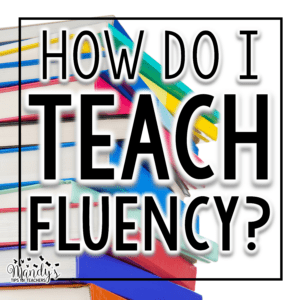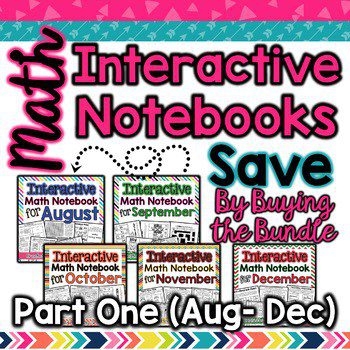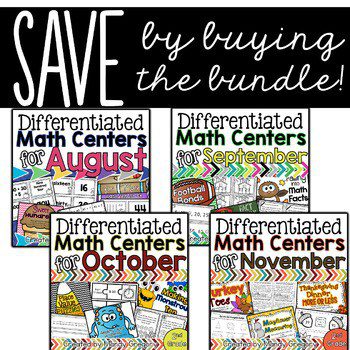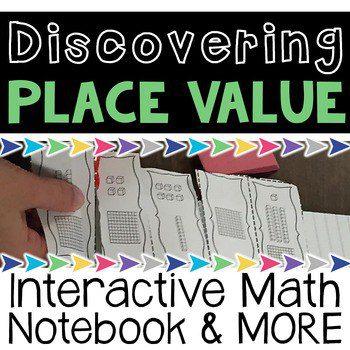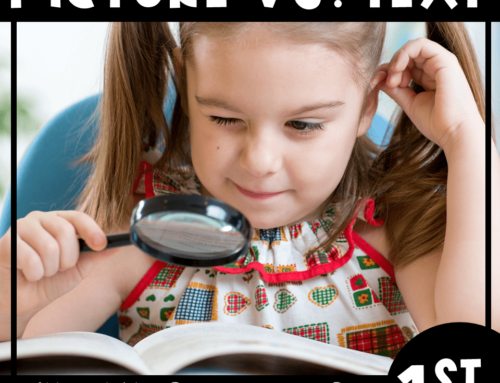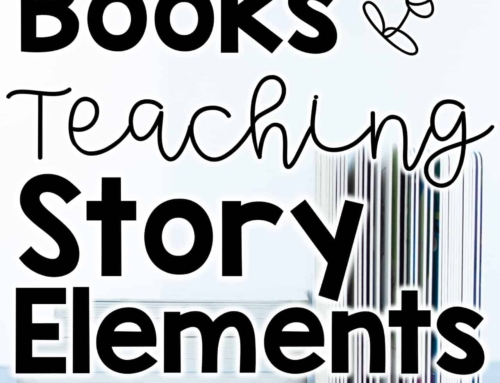In the past I have written several blog post about teaching fluency. In this blog post, I broke down and explained that fluency is how quickly, smoothly, and expressively (this may be referred to as prosody) students read. I also gave different ways to practice fluency in this blog post and materials in this blog post. I realized that I left out a crucial blog post: what does EXPLICT fluency instruction even mean? Let’s dive in!
Explicit Instruction
According to Archer and Hughes from this site, explicit instruction is “instruction that is systematic, direct, engaging, and success oriented.” While there are lots of great activities floating around for practicing fluency, how can we TEACH it? What DOES explicit instruction LOOK like?
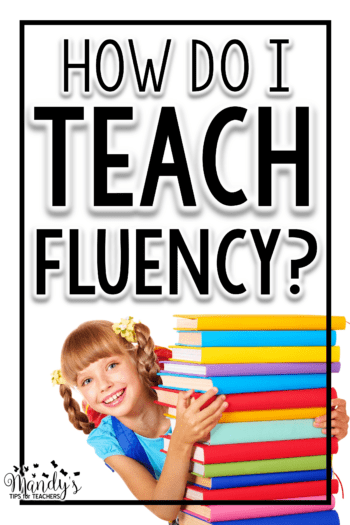 The Power of Modeling
The Power of Modeling
Never, ever discount the power of modeling. Whenever you are reading aloud for students- even if it is in science or in social studies, this can still be a model for students. They are listening for how smooth you sound, how you reread to correct or clarify, and perhaps even repeat how a word is pronounced while you figure out the meaning of a content specific word (the word ‘deciduous’ trees about did me in the first year I taught second grade! LOL!) You can turn any lesson into a reading and fluency lesson by simply explaining what you are doing. For example if you have to reread a sentence because you realized you miscalled an earlier word in the sentence you can say, “Oh my, that doesn’t sound right. Let me go back and reread that (yes, I sound like a school marm from the 1880’s when I read aloud LOL). BOOM! You have just shared a tidbit by modeling fluency, self-correcting errors, and reading for meaning. And you did it in the middle of science. You are a super star ;).
Reading Smoothly
One way to teach students to read more smoothly is to simply model like above. You can also teach students to read smooth by practicing sight words, so that students will struggle less when decoding. You can then move to sight word PHRASES to gradually support students.
Another method to model for students is “scooping phrases.” This is modeling phrases that “go together” when reading aloud. Some may be sight word phrases, but others may just be chunks of texts that make more sense when read together. This Reading Mama has a fantastic blog post about how to teach scooping. However, keep in mind that there is no “right” way to scoop phrases. It may vary from student to student especially if there are language or different accents. The main idea is that you are teaching students to no read.word.by.word.
This may not be popular, but I am going to go ahead and say it- ditch the cute witch fingers and light trackers. Yes, they are fun and adorable. They ARE appropriate for young readers or readers that are reading about a level A-D (Fountas and Pinnell levels). At about a level E (mid first grade or so) students should be able to read without tracking fingers, unless they get to a point of difficulty. Then the finger can be used as a support. Why is this? It slows down the reader and prevents them from reading fluently since they are tracking the FINGER and not the words on the page. If students are having difficulty with tracking, use an index card to help students read line by line. This prevents students from reading word by word, but still helps them from getting lost on the page. This is just a scaffold and should be eventually removed.
Reading Expressively
Yet again, the all powerful model works for this too! However, WHAT are you modeling? Since we as adults have been proficient readers, it is easy to forget what makes a reader expressive. It comes naturally for us. Consider modeling and practicing with students:
- How punctuation affects the voice.
- How bold, underlined or different type of text can affect the voice
- How dialogue tags (said, cried, admitted, whispered, etc.) can affect the voice
- How pretending to the BE the character can affect the voice in dialogue
Echo and choral reading are also two strategies that can help model and improve pace and expression as well. This site does a fantastic job of describing echo reading and applying it to the classroom. Check out this site to see choral reading in action.
Reading at an Appropriate Speed
I have noticed lately that there is a big push for students to read “quickly” and increase their wpm. However, keep in mind that the entire purpose of timed reads is to encourage students to read at an appropriate rate so that the reading sounds “like talking.” Faster is not always better.
In this blog post, I wrote about using assistive and repeated readings to improve fluency. These are familiar strategies that can help students read at an appropriate pace.
If you notice that your student is struggling with reading at an appropriate speed, you may want to work on sight words and sight word phrases. It is possible the students may know the words, but the words might not be automatic. Sight word phrases can work on reading smoothly as well as at an appropriate pace.
I have found that students often have no idea how they truly sound when reading aloud. One way to let students “hear” how they “sound” when they read is to record the student reading a passage and then playing it back for them. Back in the old school days, we used tape recorders (!!) to do this, but now there are a million apps you can use on your phone to do the same thing.
Tips to Remember when Teaching Fluency
- Students should be reading text at an independent level to practice fluency. This helps ease the burden of decoding and helps students to focus on reading more fluently.
- Make sure to select FICTION text when teaching fluency. Nonfiction text often contains unfamiliar concepts. We teach students to slow down when reading at a point of difficulty or when there is unfamiliar concept vocabulary. With informational text, there is often text features which we want students to focus on as well. We don’t want to encourage them to read as fast as possible and blow through nonfiction texts!
- Model, model, model by reading aloud fluent reading to students.
- Allow students to listen to reading by listen to books on the computer, iPad, or iPod. I prefer books where students can also see the text (on the screen or by holding their own copy of the book itself) while listening to the reader. This way students can observe how to reader phrases, uses punctuation, and reads dialogue.
I have JUST released my newest product. It is 20 weeks of phonics instruction with a systematic and routine approach. Each week students recive explicit instruction with a children’s poem from a variety of poets. There are four days of instruction per poem. All the poems are available in the public domain and you may remember from your own childhood. The program has eight focuses:
- How commas affect fluency
- How periods affect fluency
- How questions marks affect fluency
- How exclamation points affect fluency
- How other punctuation marks affect fluency
- How dialogue affects fluency
- How to read more smoothly with phrasing
- How a variety of texts can affect the voice
There are 20 different poems with lessons to match the focuses above. The pack includes a projectable copy of the poem so students can all see it. Each lesson comes with an “I Can” statement and anchor chart to match the focus. A student copy of the text is also available with a space for students to practice visualization. Seven additional poems (without lessons) are also available to allow students to continue practicing after all the lessons are complete.
 This program was written based on a routine. The teacher models and provides direct instruction of the focus on day one. On Day two the student’s echo read. On day three, the students choral read. On day four students answer comprehension questions about the poem. The lesson are written to be short and to the point- they should last no longer than 10 minutes.
This program was written based on a routine. The teacher models and provides direct instruction of the focus on day one. On Day two the student’s echo read. On day three, the students choral read. On day four students answer comprehension questions about the poem. The lesson are written to be short and to the point- they should last no longer than 10 minutes.
Do you have any other questions? How do you explicitly teach fluency in your own classroom?
Get My Best Sellers!
Join the Fun!
Math Centers
Sign up here for Three FREE Differentiated Math Centers to Practice Place Value within 100 or 1,000.
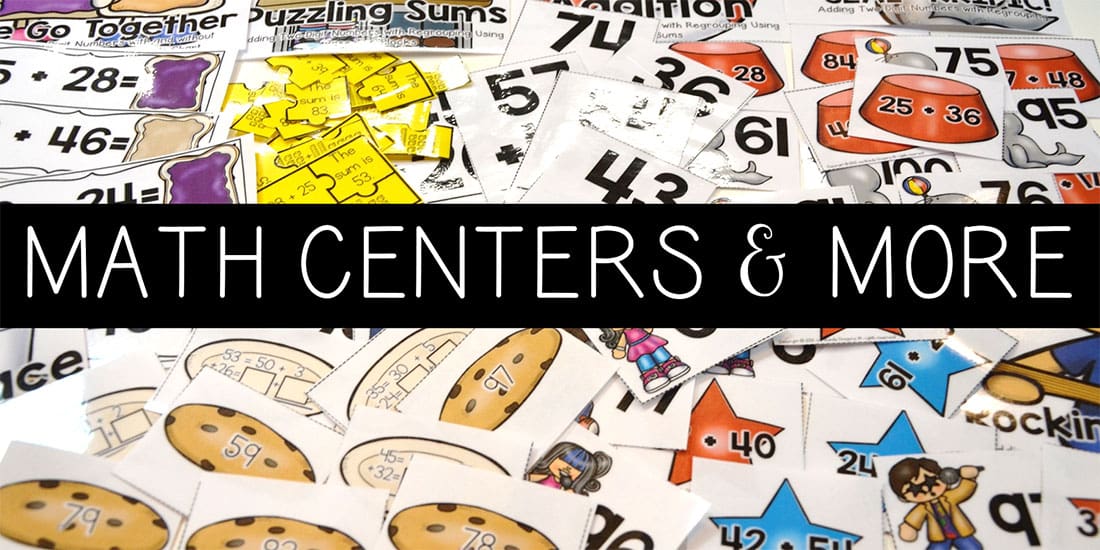
Mandy Gregory is a 2007 and 2012 Teacher of the Year. She has taught Kindergarten- 4th grades in both the general education and inclusion settings. She is currently a 1st grade Special Education teacher. She is the owner and creator of Mandy’s Tips for Teachers website (www.mandystipsforteachers.com) and has over 13 years of teaching experience. She is married with two beautiful children.

